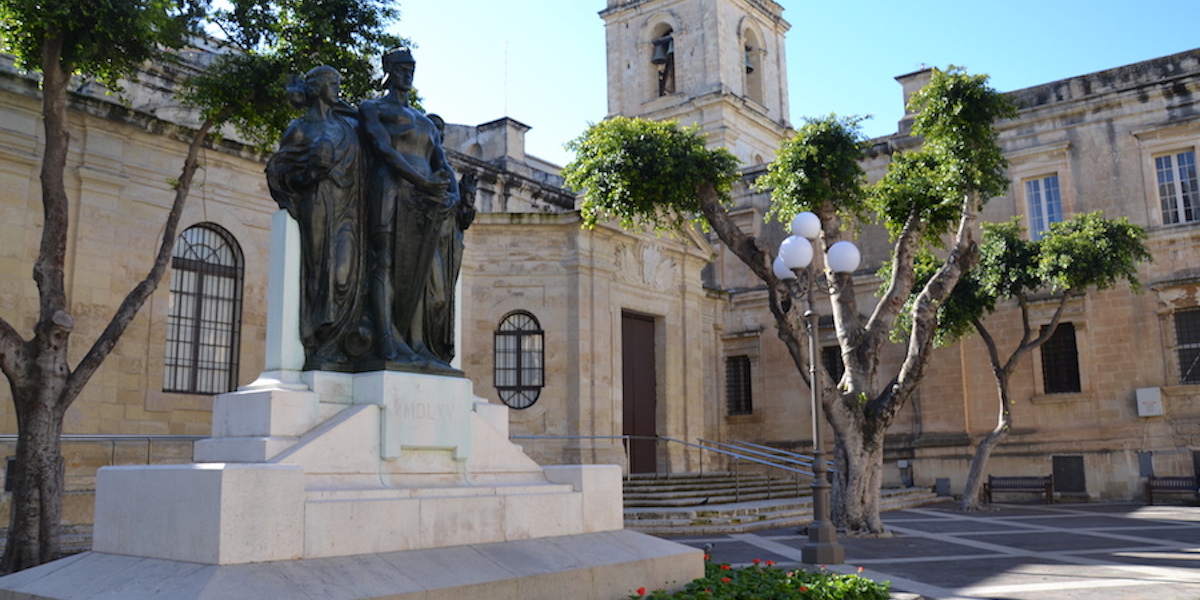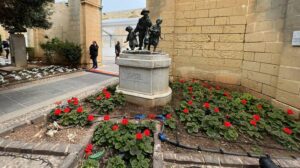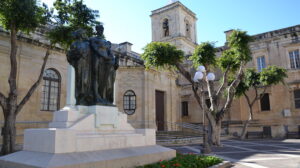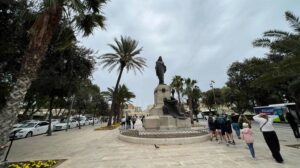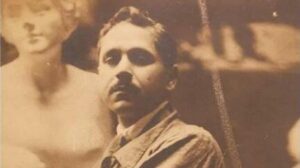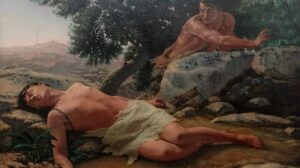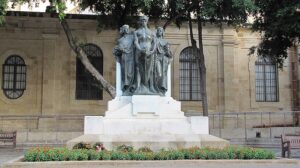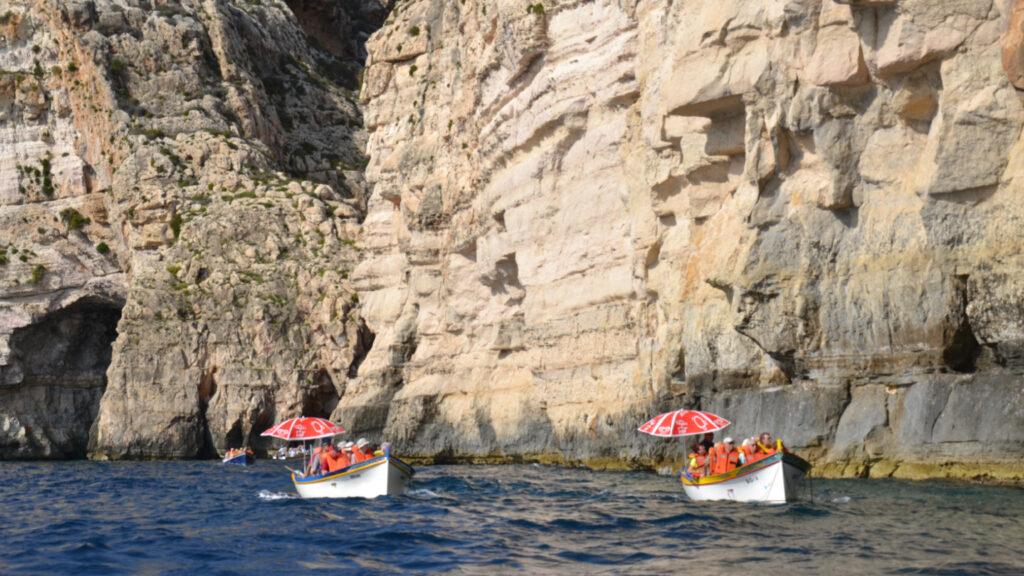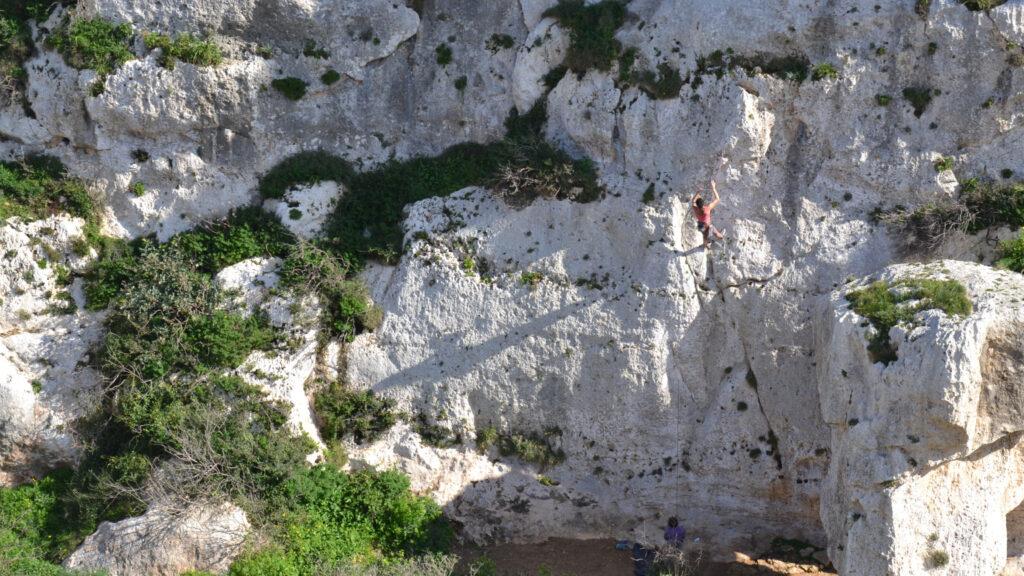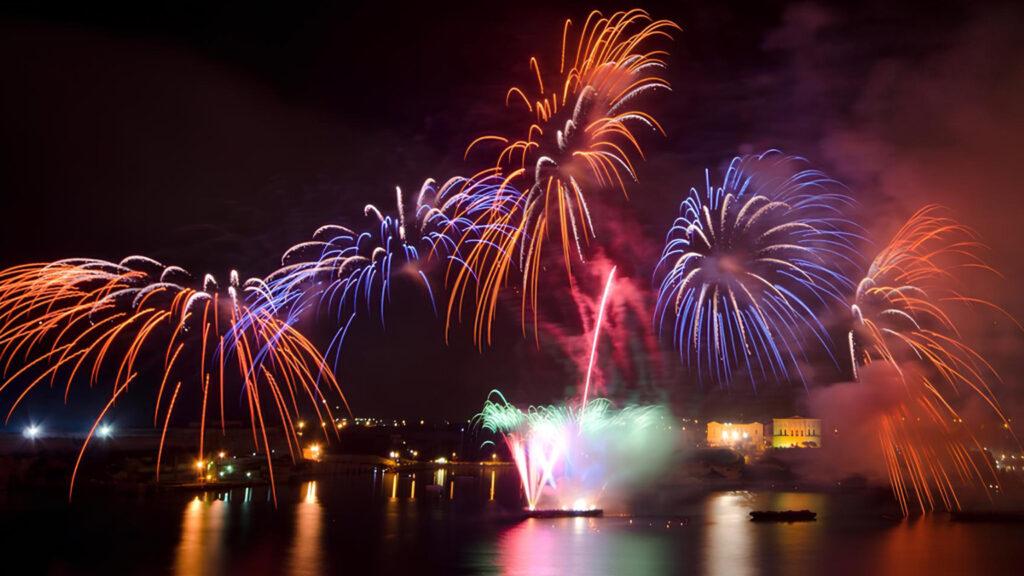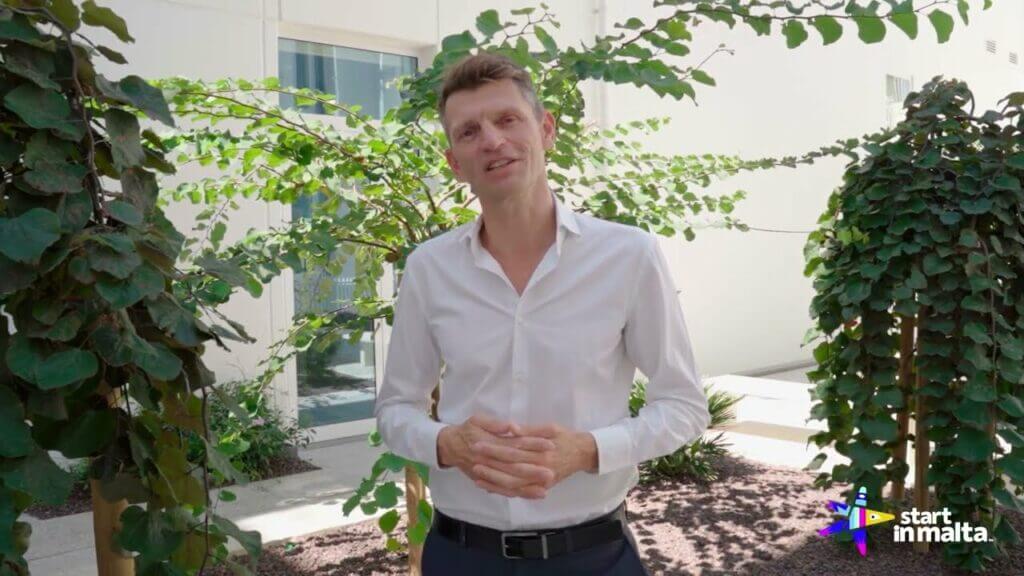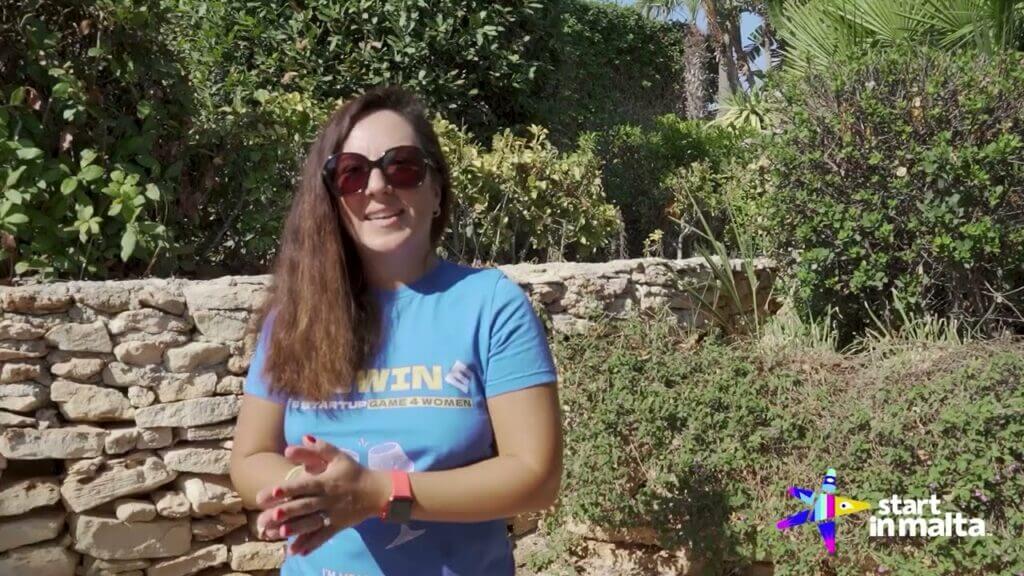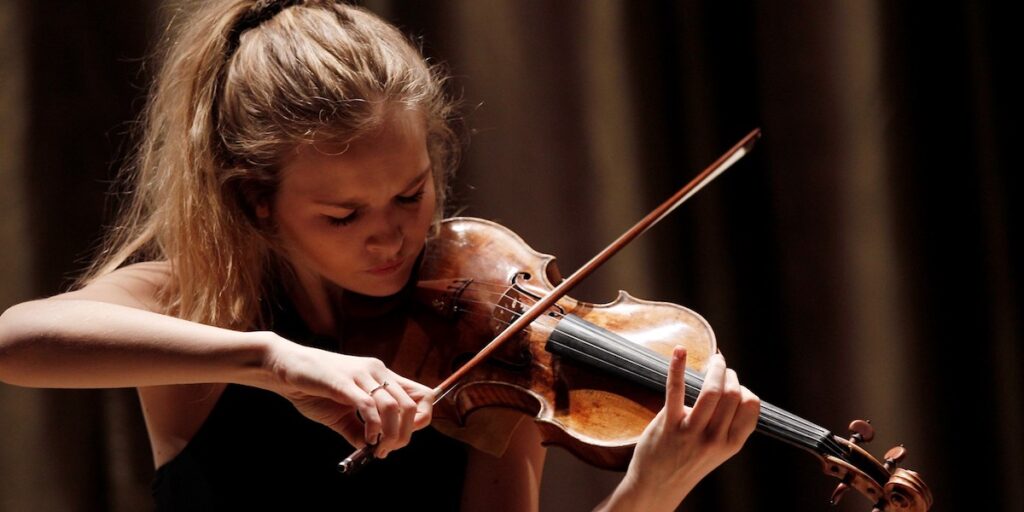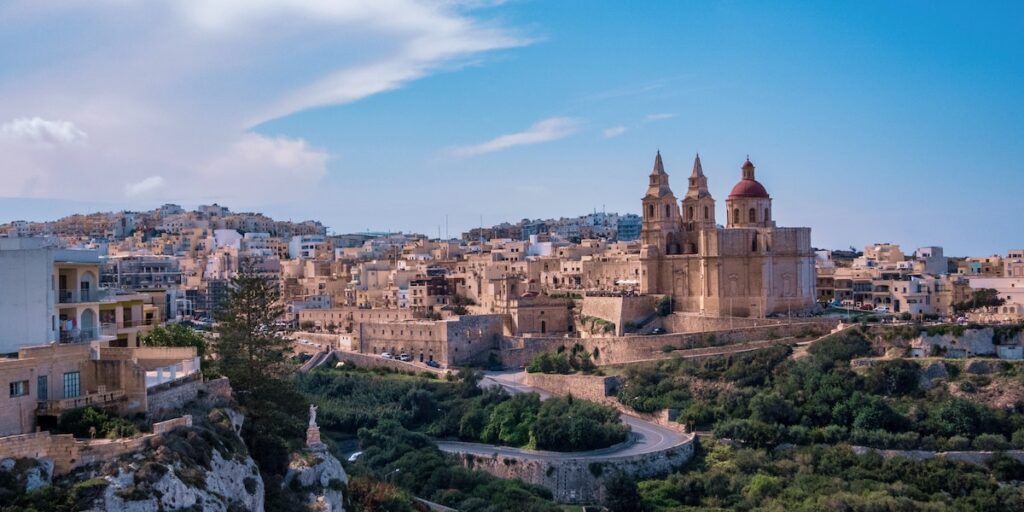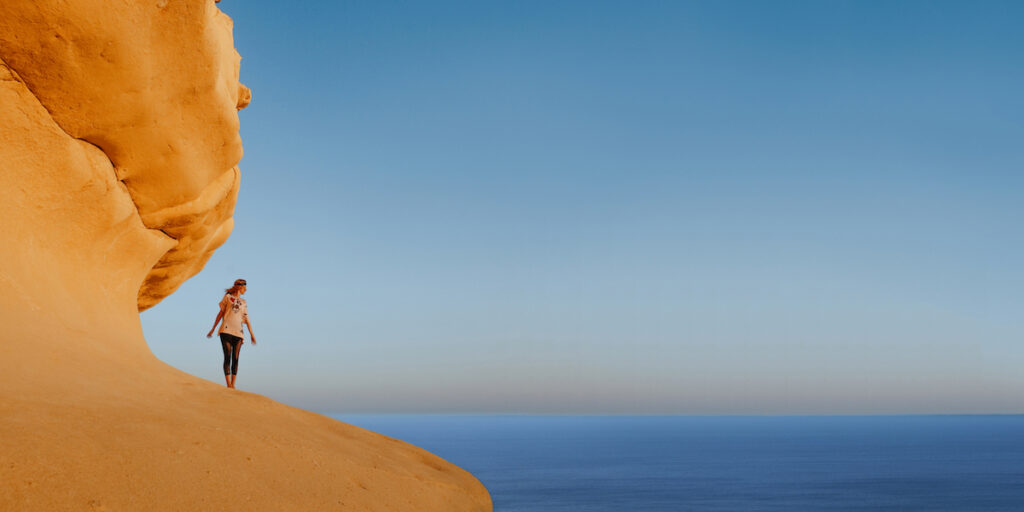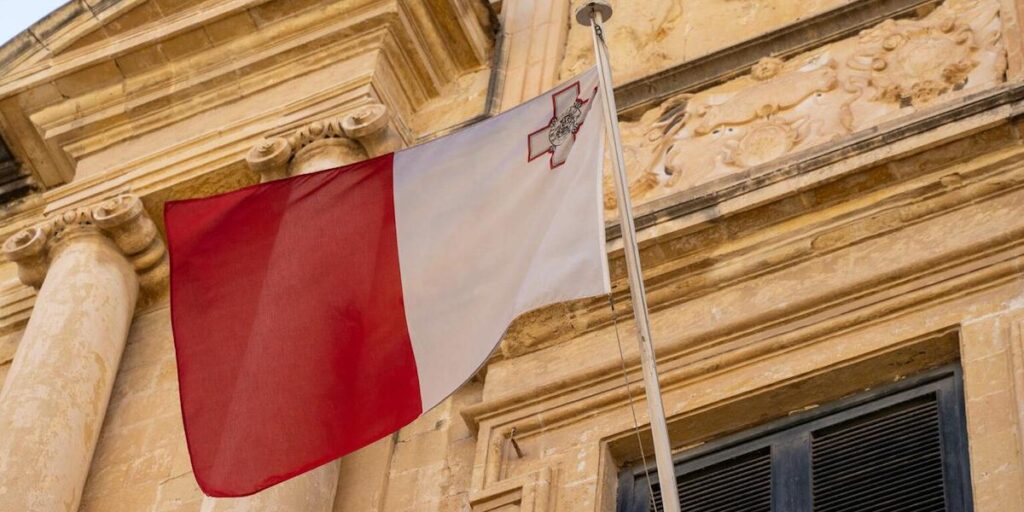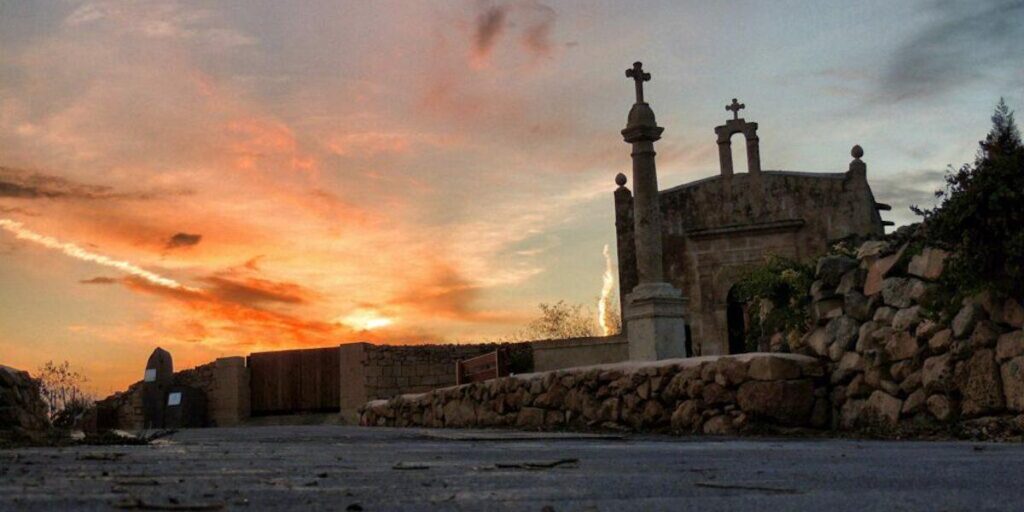Sometimes it is important to look back and look further into the archives of one’s culture. With Antonio Sciortino, that task is very easy. All we have to do is go to the Upper Barrakka Gardens in Valletta and have a look at a replica of his Les Gavroches. Or we can visit the Christ the King monument in Floriana, or the Monument to the Fallen of the 1565 Great Siege in Valletta.
The renowned sculptor has three works located in major public spaces around and in the city. It seems apt to revisit his contribution to the Maltese art scene. Today, we shift the spotlight on Sciortino and try to sum up his persona.
Personal Life and Early Years (Born 25th January 1879)
Sciortino grew up with a fascination towards art. He was lucky enough to be sent by his family to study in the Valletta School of Arts, under a renowned Maltese painter Lazzaro Pisani. With the help of the Strickland family he managed to get a scholarship to study art in Rome.
In the Istituto Reale di Belle Arte, he studied civil engineering and monumental architecture. Afterwards, he decided to open a studio of his own in Rome. Over time he started developing his own artistic voice through his sculpture.
Sciortino’s tyle and Artistic Exploration
Like most artists, Sciortino’s artistic trajectory was one filled with changes and developments. He was growing up in a changing world during what was probably one of the most innovative times in the history of art. The newer understanding of realism in literature and painting liberated artists to play around with expression itself, to explore concepts of motion and textures, and celebrate imperfection.
Sciortino was also very much influenced by Auguste Rodin. Rodin was a towering figure and the sculptor of one of the most famous sculptures in the world, The Thinker. He eventually became friends with Rodin after the latter met Sciortino in Paris and he saw a bust he had just finished for Leo Tecktonius, who was an American composer.
In this later works one could really see his interests in what is termed Futurism. The movement stemmed from Italy and was very political and artistic. It seemed to shed the light on the ever-increasing pace of the world, the effects of technology, and the focus on objects that connote interesting concepts. Some themes were vehicles, metropolitan cities and so on.
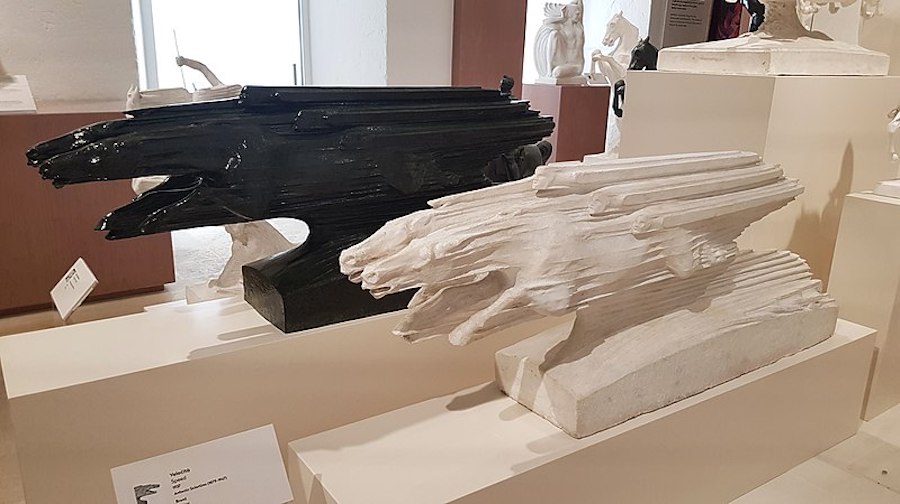
Works and Legacy of Sciortino
A great example of the influence of this movement on Sciortino is his 1937 Speed. The sculpture is located at MUŻA (Malta’s National Museum of Art). It features what seems like a figure riding a horse. However, the focus is really neither of these figures, but the motion of the ride itself, and the speed with which it is being executed. It is pointing to a moment rather than an object. In doing so Sciortino is celebrating and trying to capture the beauty of speed itself.
This work was done amongst several other great works of his for an exhibition organized by the American Art Commission. The exhibition unfortunately never took place because of several reasons. Forr one, the American economic depression and the death of the commission’s chairman. Nevertheless, many of these works can be now seen at MUŻA.
Throughout the early 20th century he was commissioned by several states and individuals from foreign countries to make busts and monuments, and to this day you can find several of his works in Russia, Ukraine and Rome.
Sciortino died only two years after the end of the second world war, in 1947.

